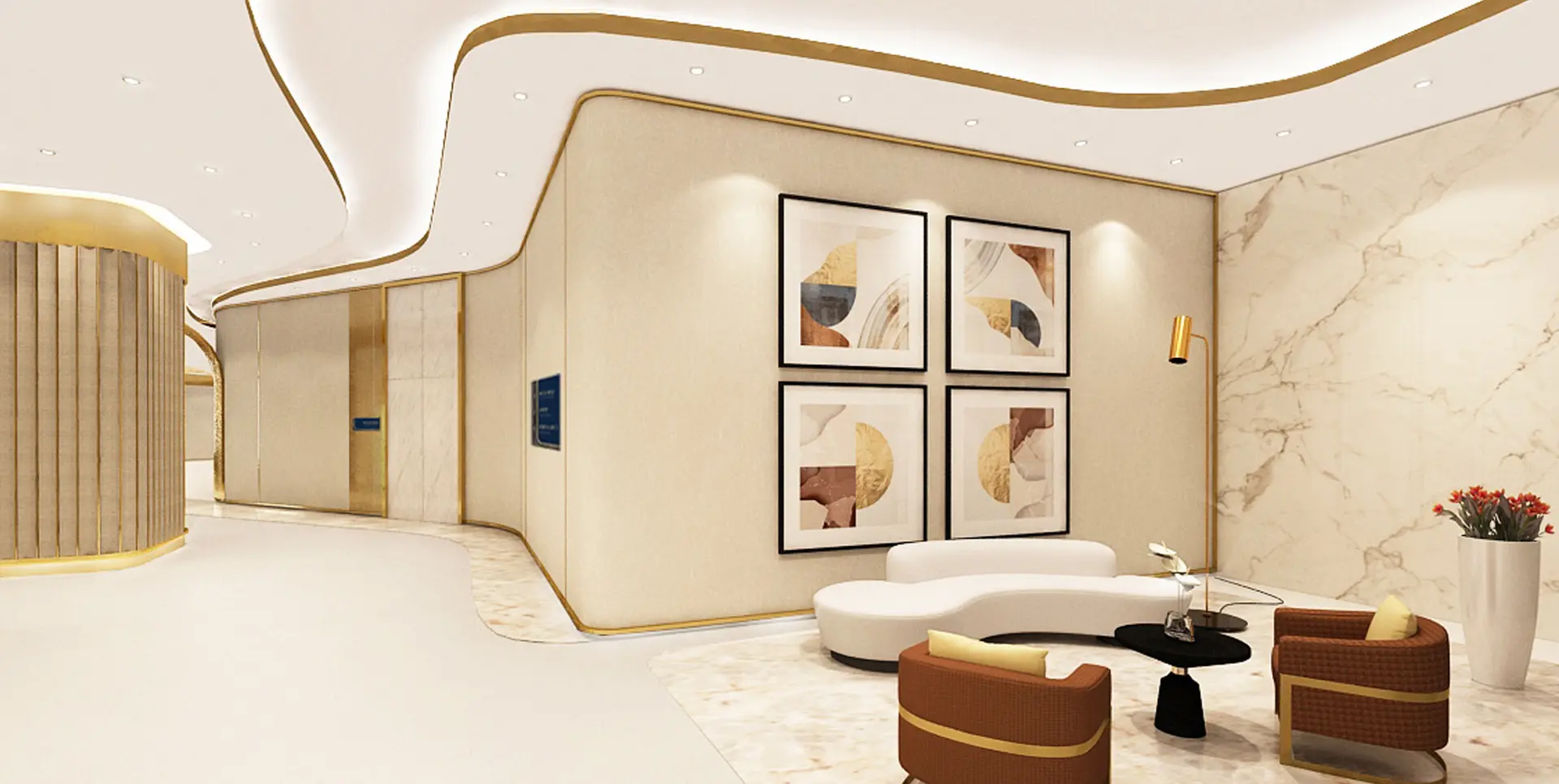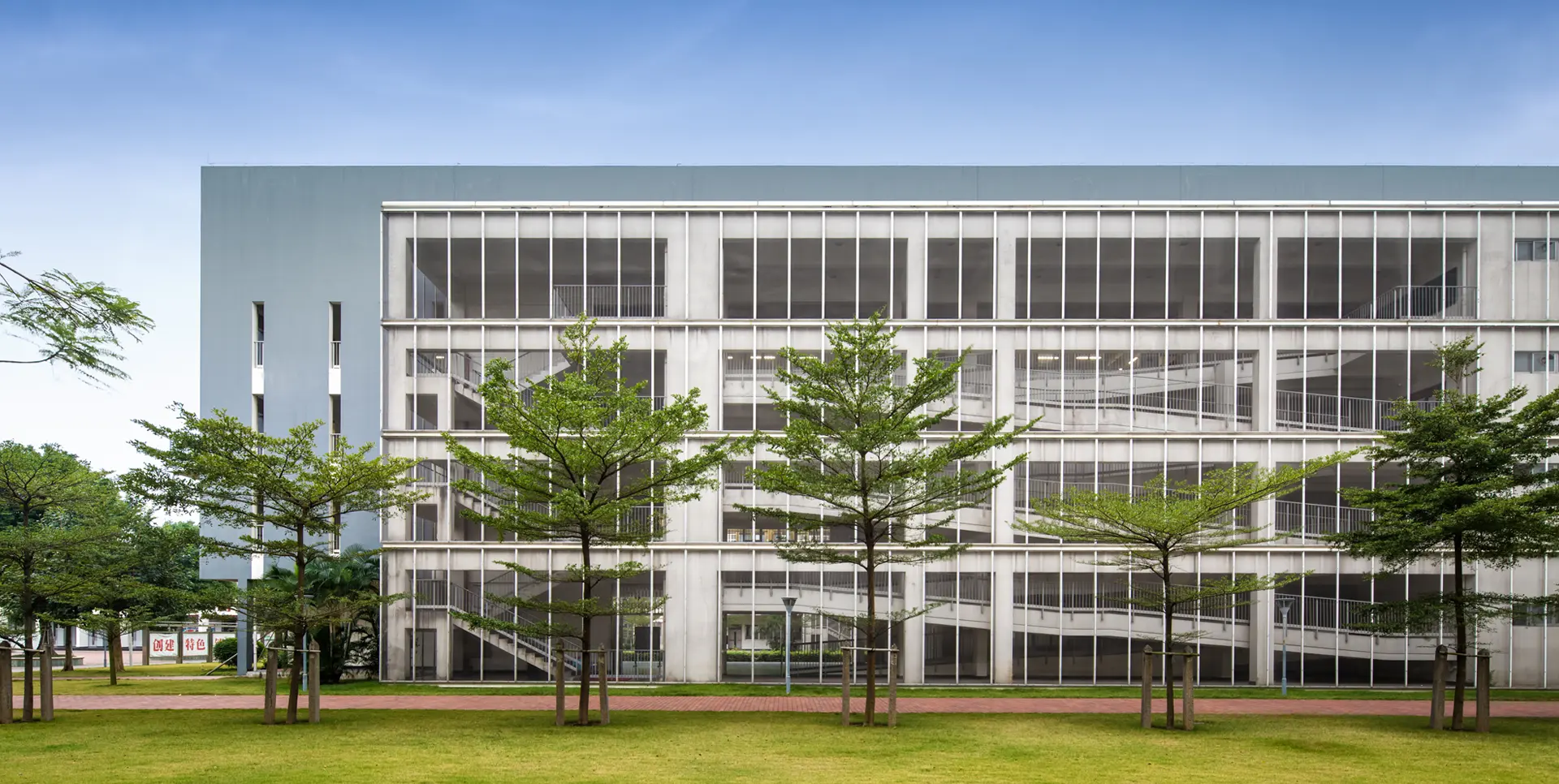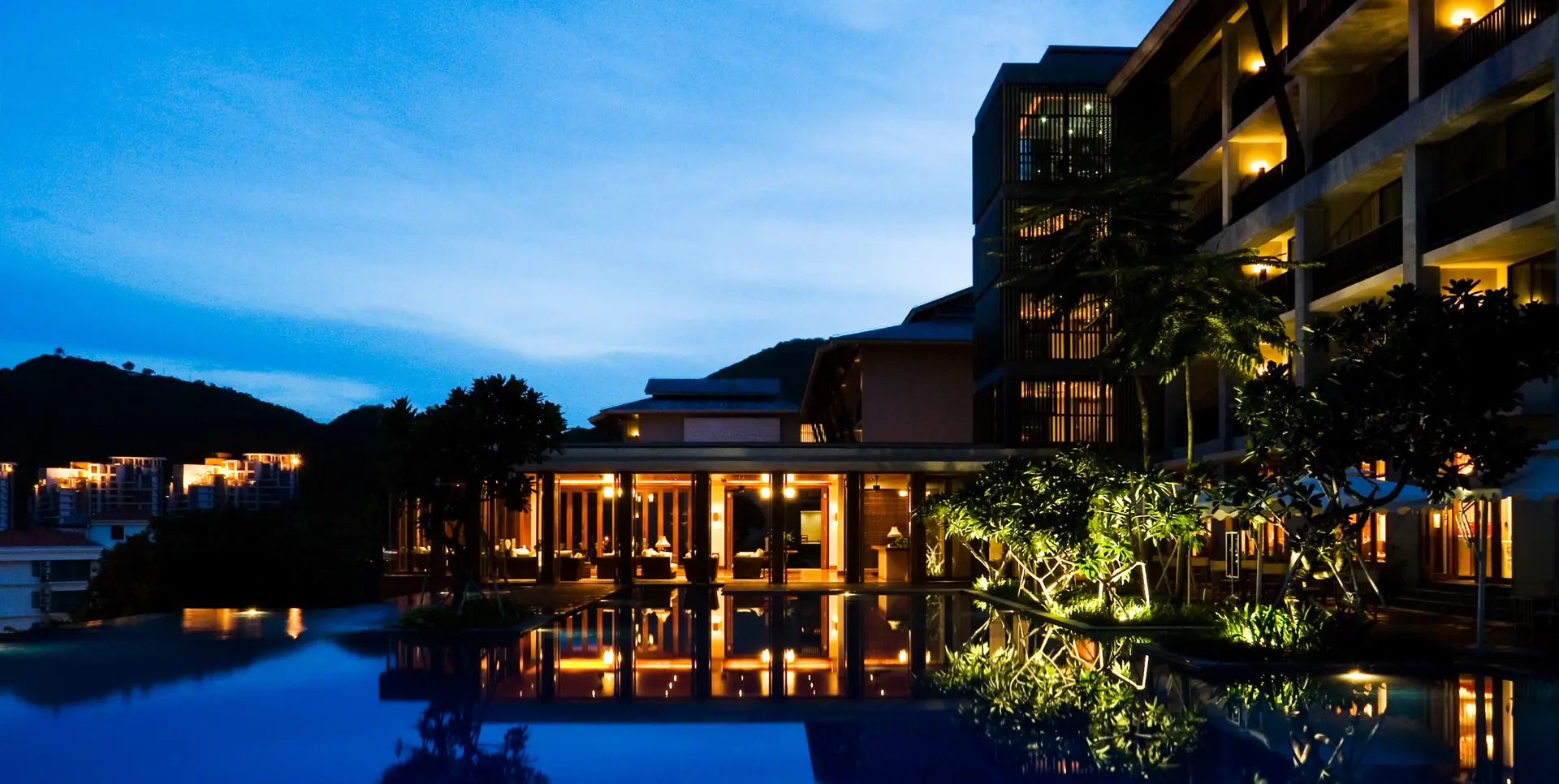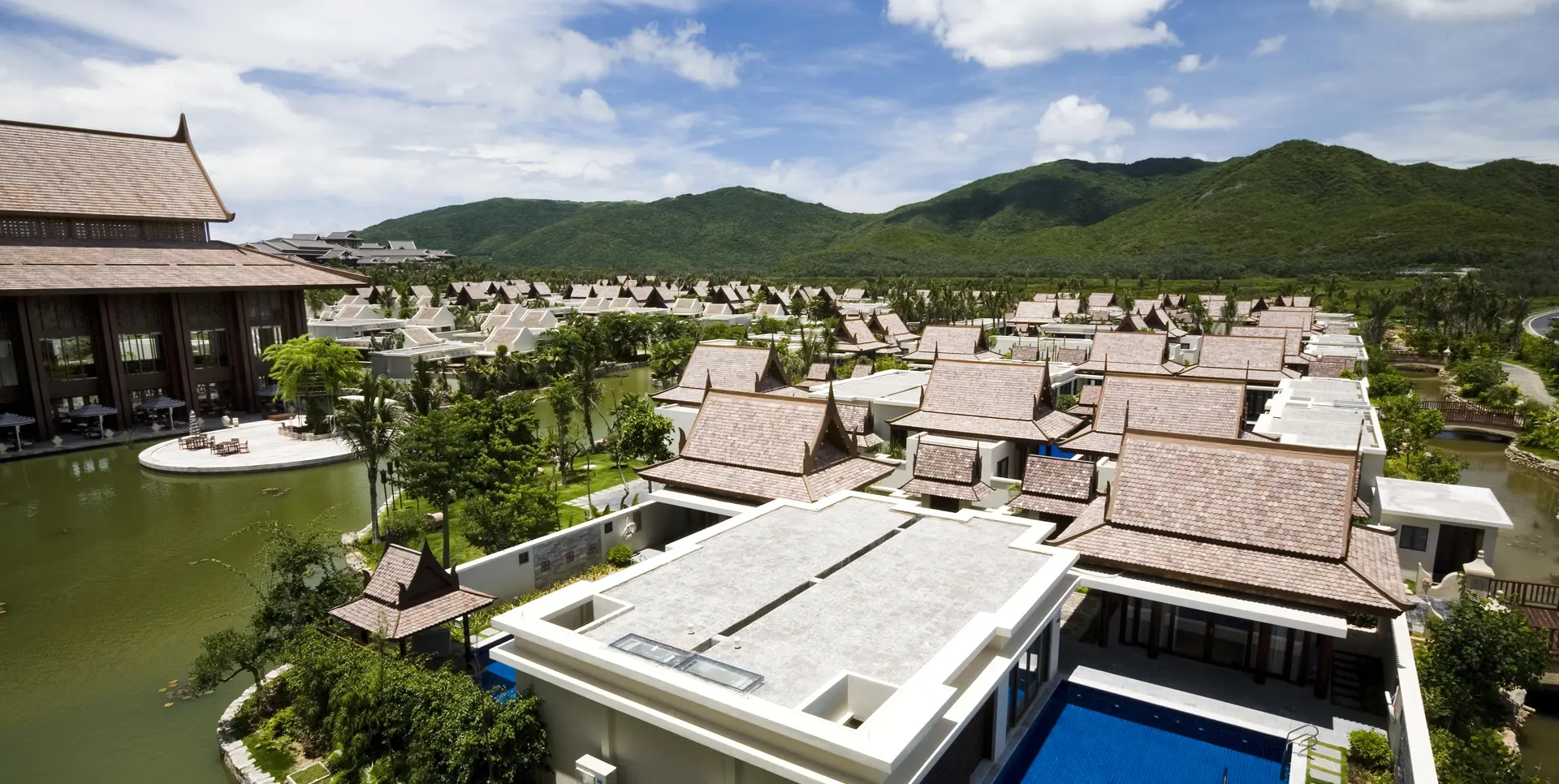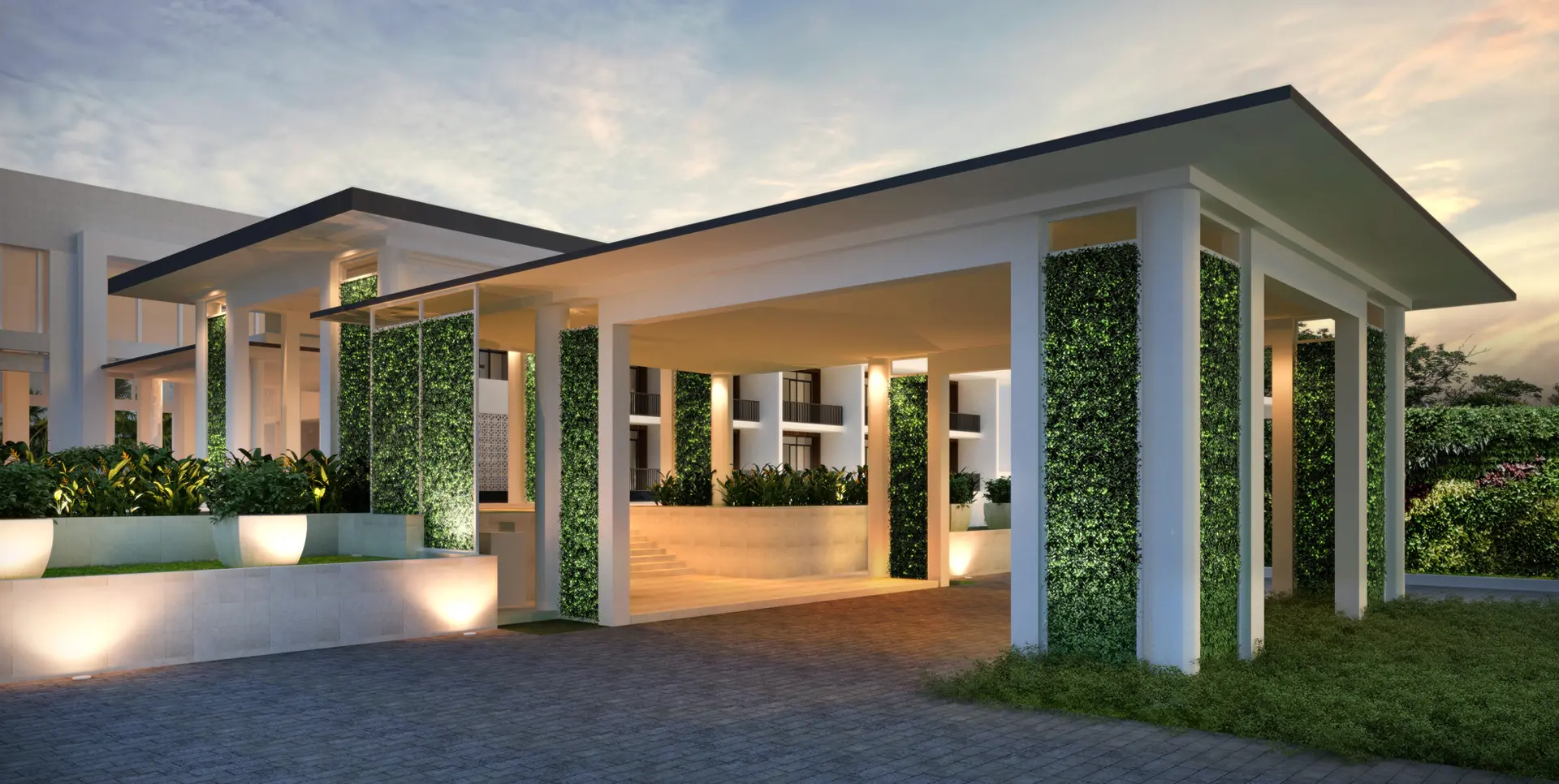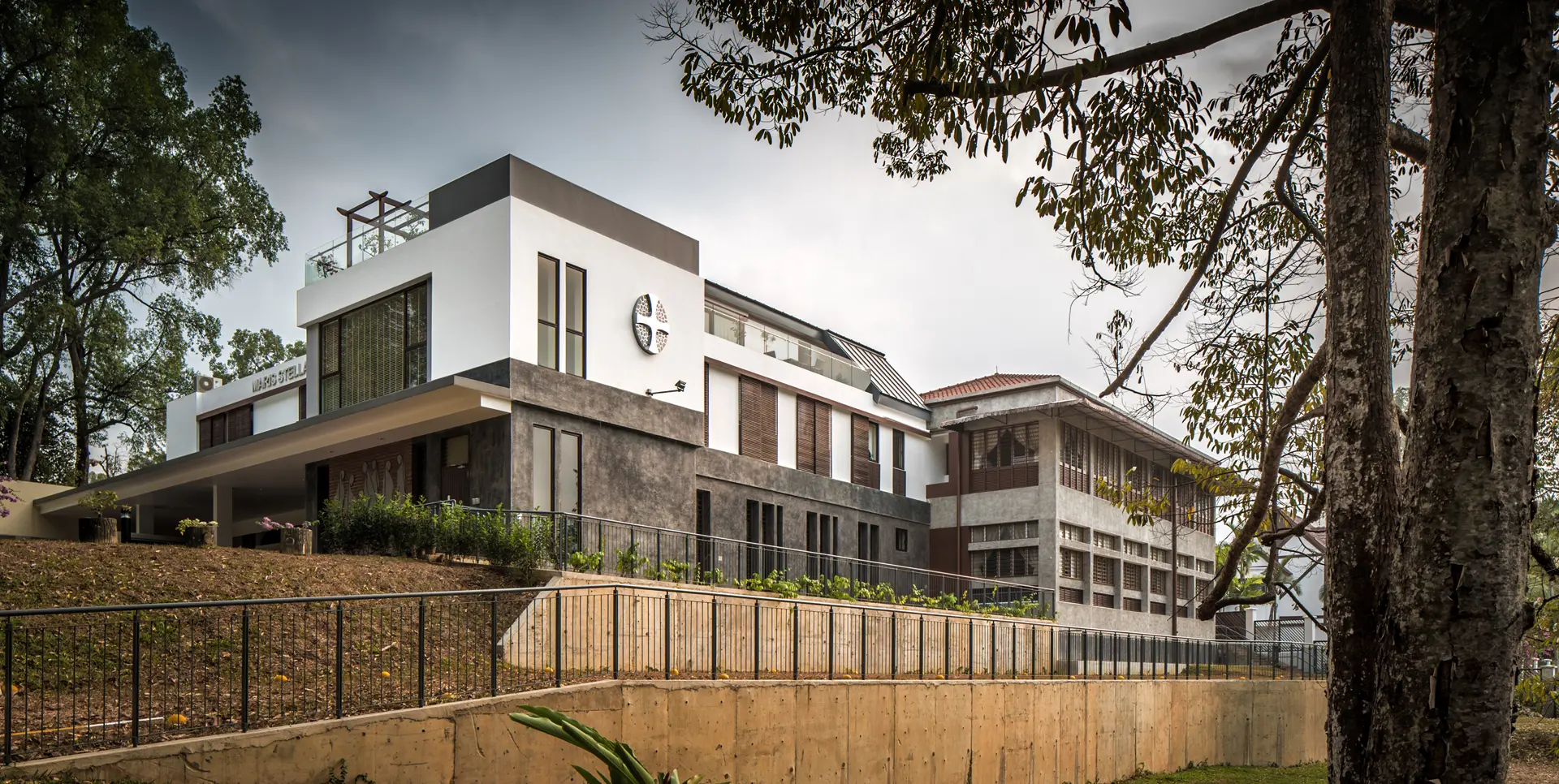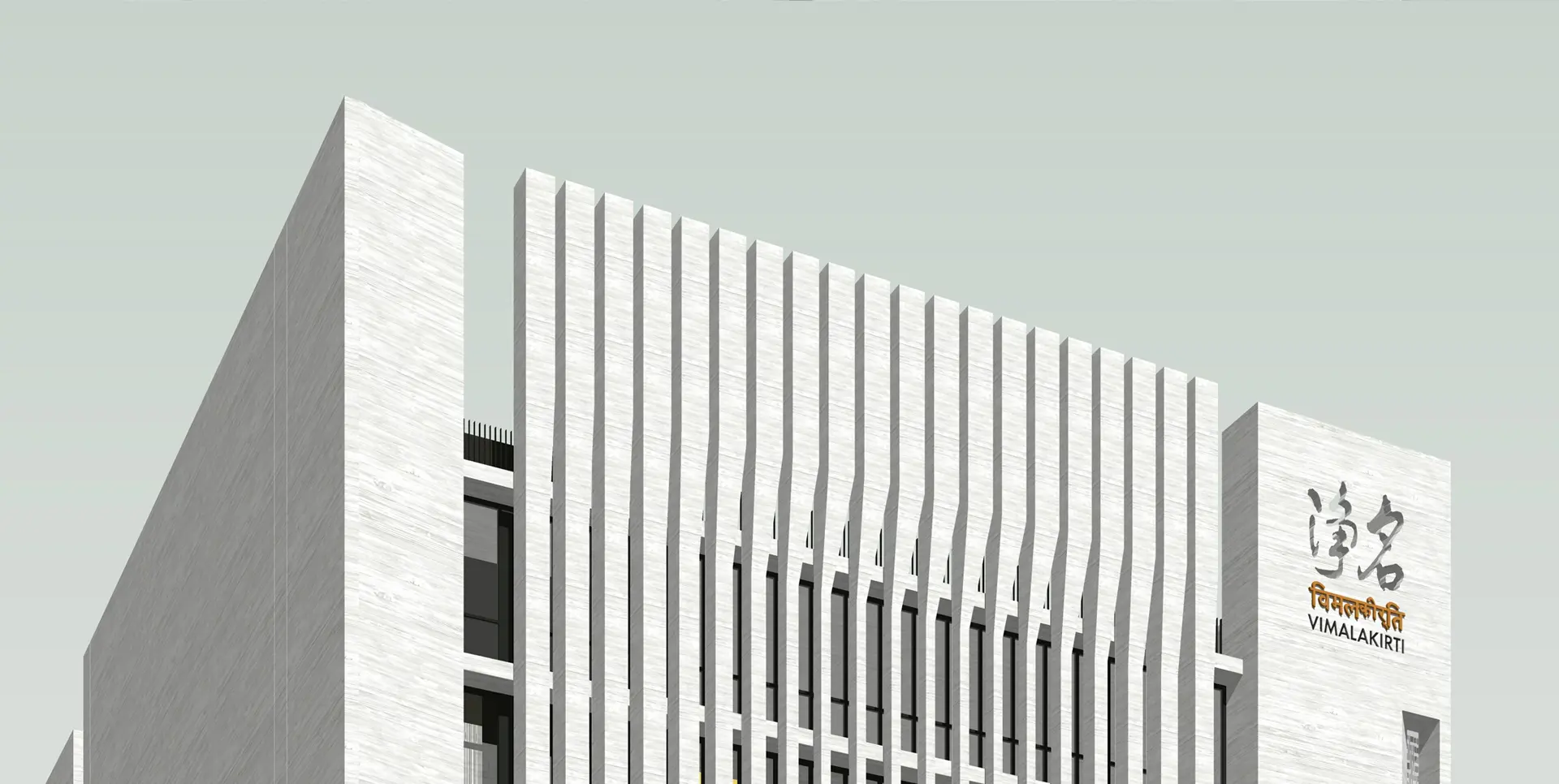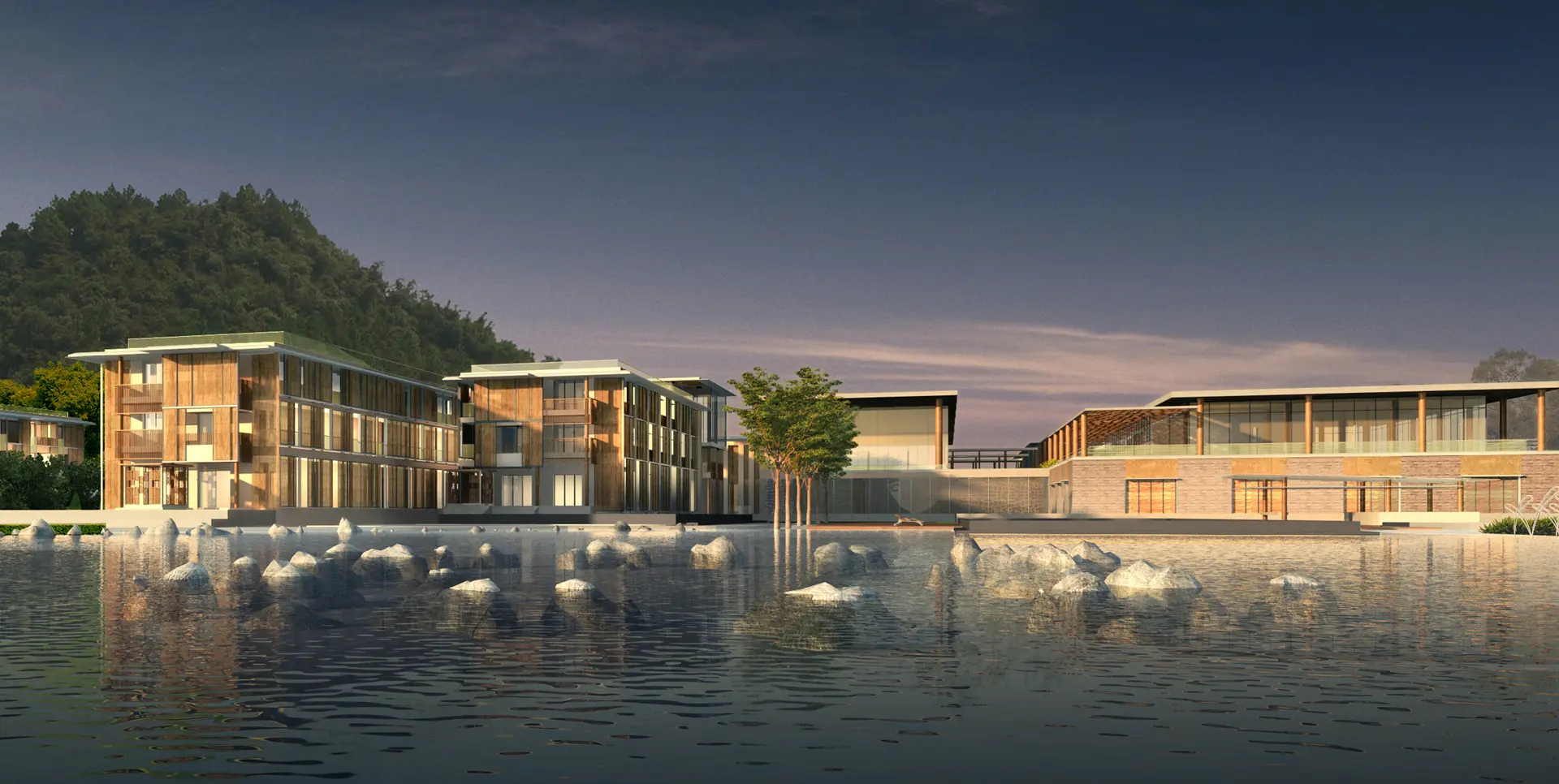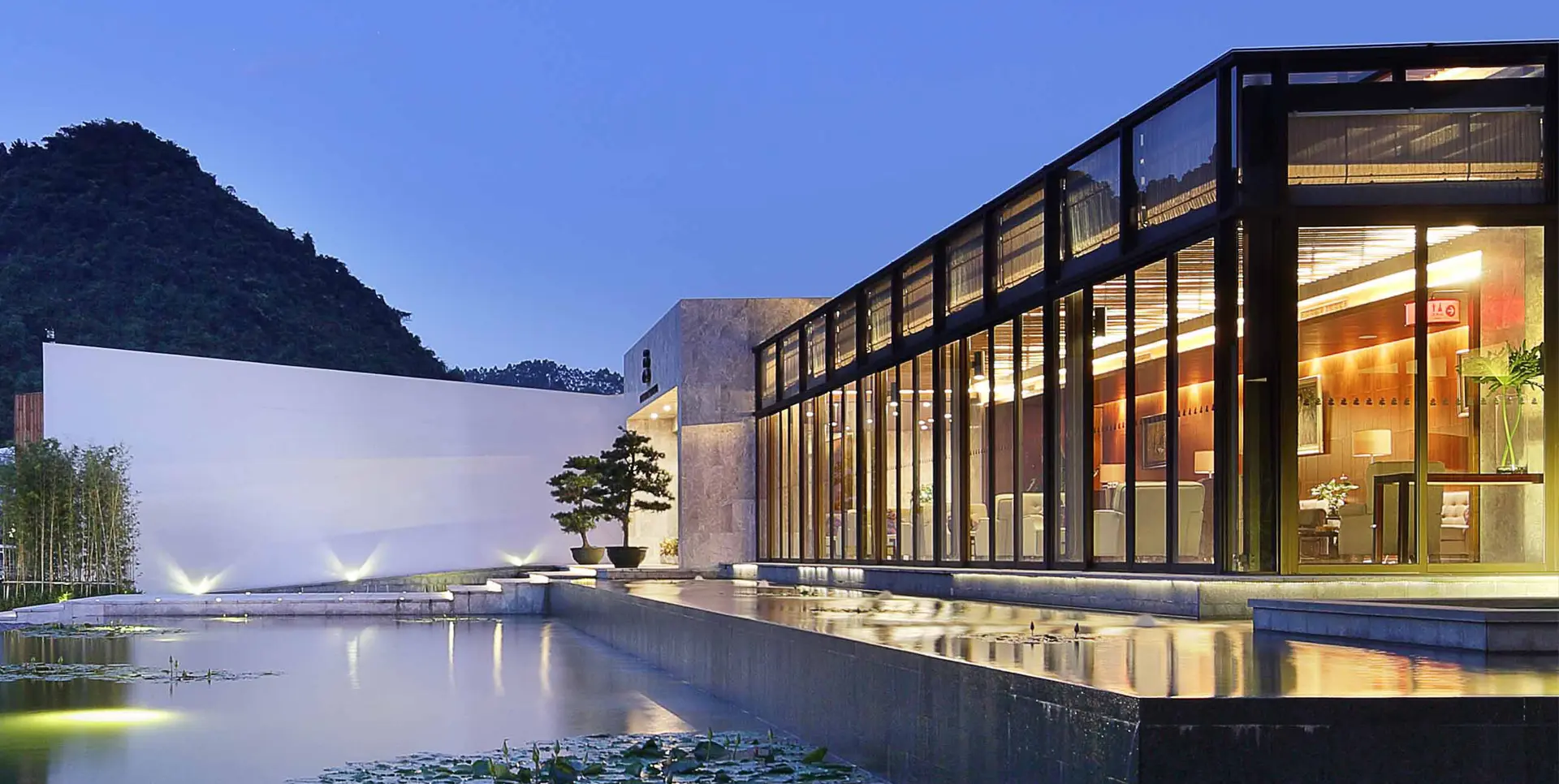The Central Catchment Nature Reserve project reimagines public engagement with Singapore’s largest expanse of natural forest through a series of light architectural interventions designed for minimal impact and maximum immersion. Anchored by the iconic TreeTop Walk—a 250m freestanding suspension bridge—along with elements like the Jelutong Observation Tower, boardwalks, rain shelters, and ranger stations, the masterplan prioritizes accessibility, environmental sensitivity, and a deep respect for the site’s ecological integrity.
Each structure is carefully scaled, positioned, and constructed to blend into its natural surroundings while inviting visitors of all ages into an intimate, elevated experience of the forest canopy and its biodiversity.
Location
Singapore
Completion
2004
GFA
16, 658, 616 sqm
Client
National Parks Board
Services
Architecture
Treading Lightly Through the Canopy
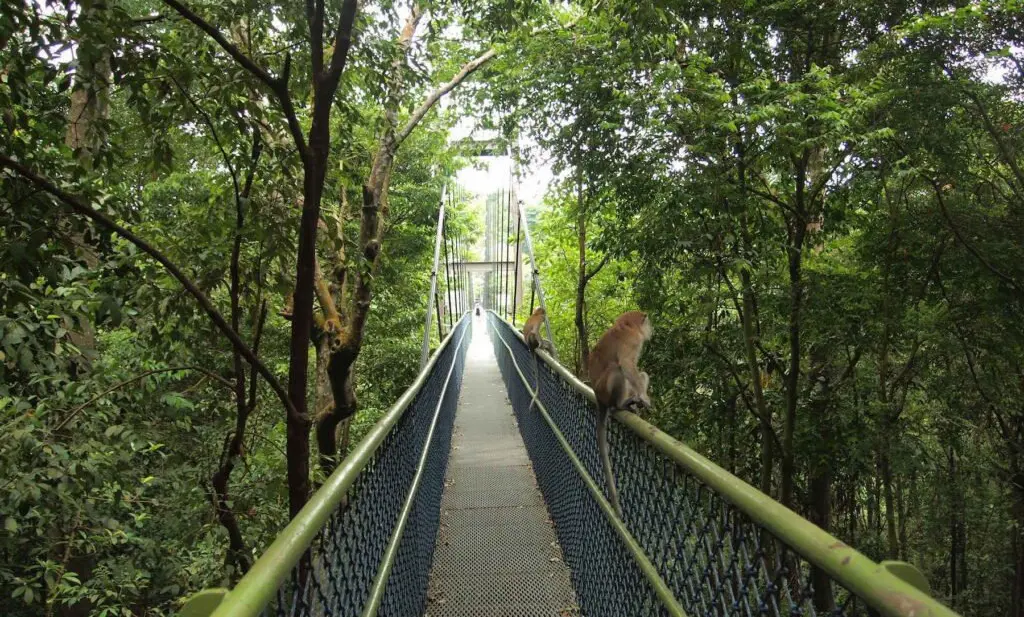
The TreeTop Walk at Central Catchment Nature Reserve offers a dramatic yet delicate architectural experience—an elevated footbridge that hovers above the forest canopy with minimal environmental disruption. Constructed as a slender, self-supporting structure, the walkway invites exploration while preserving the ecological integrity of its surroundings.
The bridge’s lightweight steel form becomes an unobtrusive thread through the landscape, balancing structural rigor with transparency. This architectural intervention, together with other understated elements like the Jelutong Tower and Rain Shelters, demonstrates how design can enrich public engagement with nature while remaining respectful and reverent toward it.
Each element is a thoughtful pause in the forest, offering discovery without dominance.
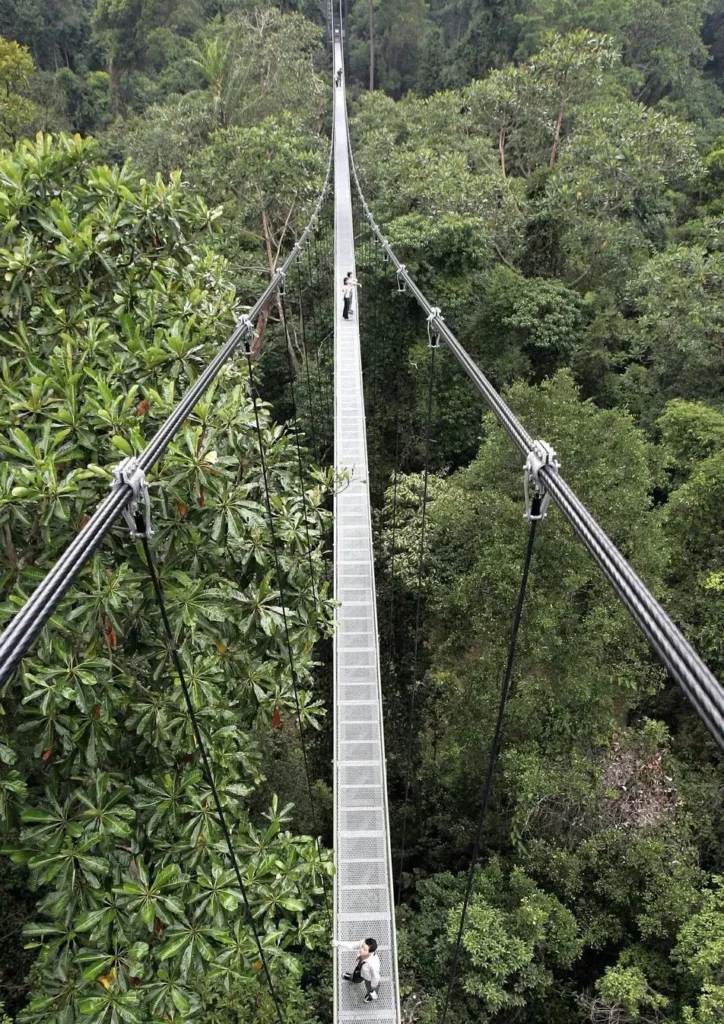
Immersive Pathways, Respectful Design
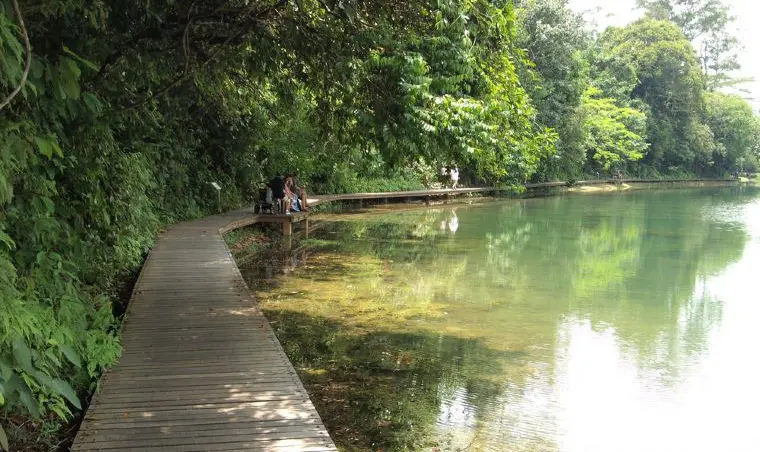
This portion of the Central Catchment Nature Reserve highlights the delicate integration of boardwalks into the forest edge, providing immersive, up-close encounters with nature while protecting the ecosystem from heavy footfall. Hovering just above the waterline, the timber pathway gently curves along the reservoir, guiding visitors through a serene corridor of reflections and rippling green. Paired with key infrastructure like rain shelters and the ranger station, this route invites quiet observation, evoking a sense of reverence for the untouched landscape. The design is intentionally modest—allowing the forest, light, and water to remain the protagonists of the experience.
Framed by lush foliage and the stillness of the water, the walkway offers a meditative journey that heightens one’s awareness of the natural world. Its minimal intervention and sensitive placement demonstrate how architecture can coexist with ecology—enhancing access without eroding authenticity.
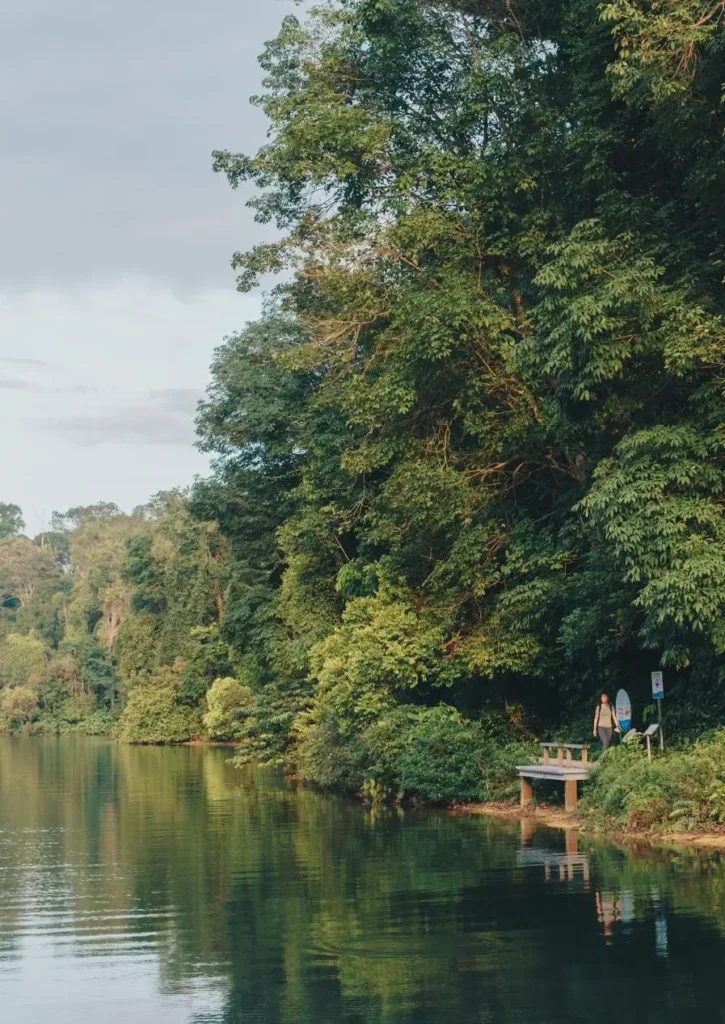
The Central Catchment Nature Reserve stands as a model of how architecture and landscape can coexist in quiet synergy. By respecting the ecological integrity of its surroundings while offering moments of wonder, the design fosters a deeper connection between visitors and nature—reminding us that preservation and progress are not mutually exclusive, but can thrive together through thoughtful design.
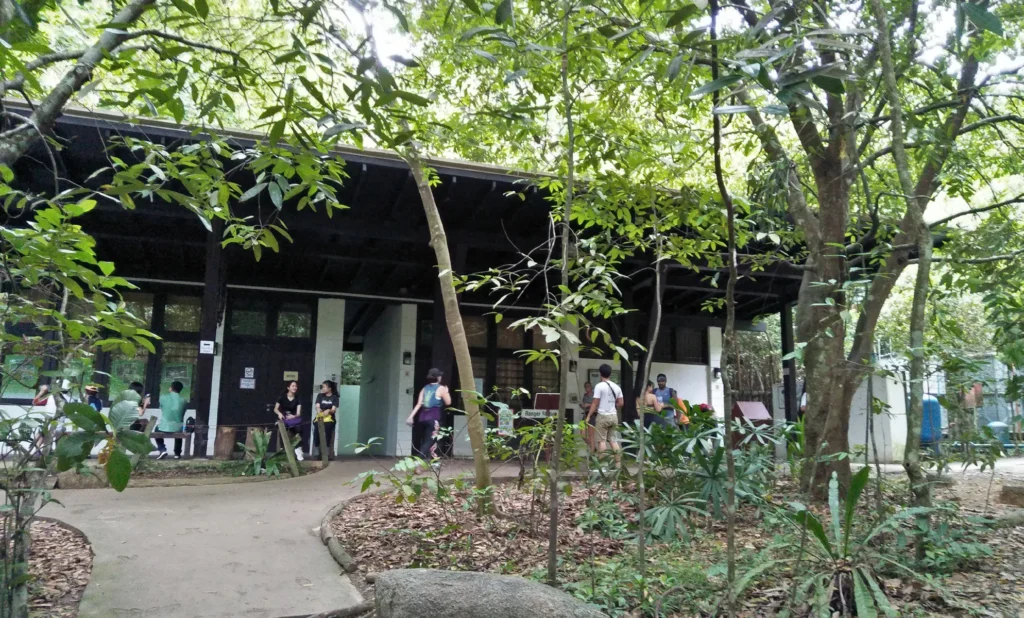
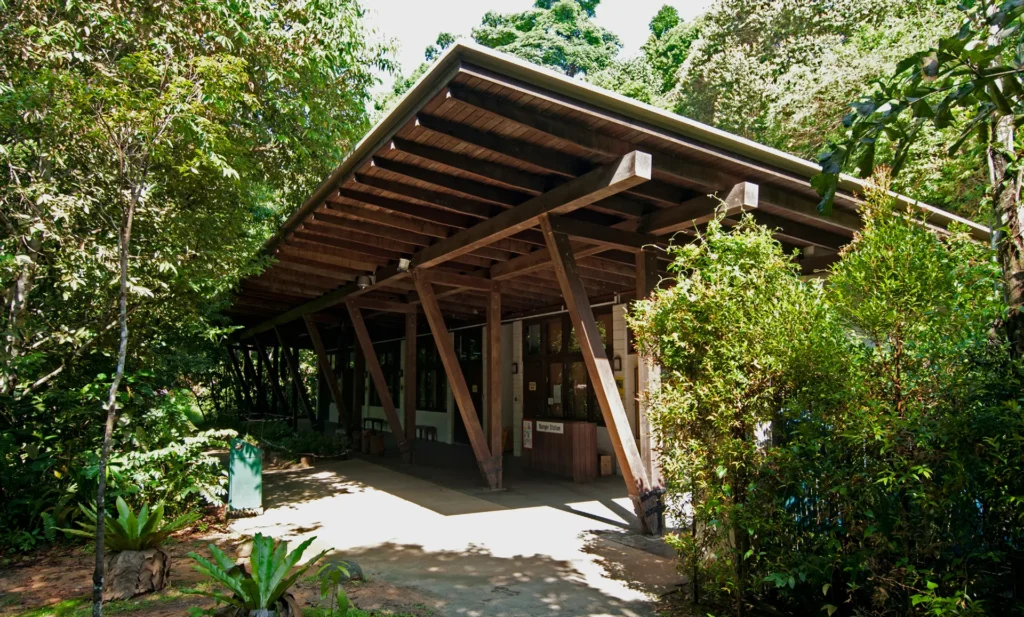
Top: Ranger Station
Bottom: Ranger Station
Right: Jelutong Observation


